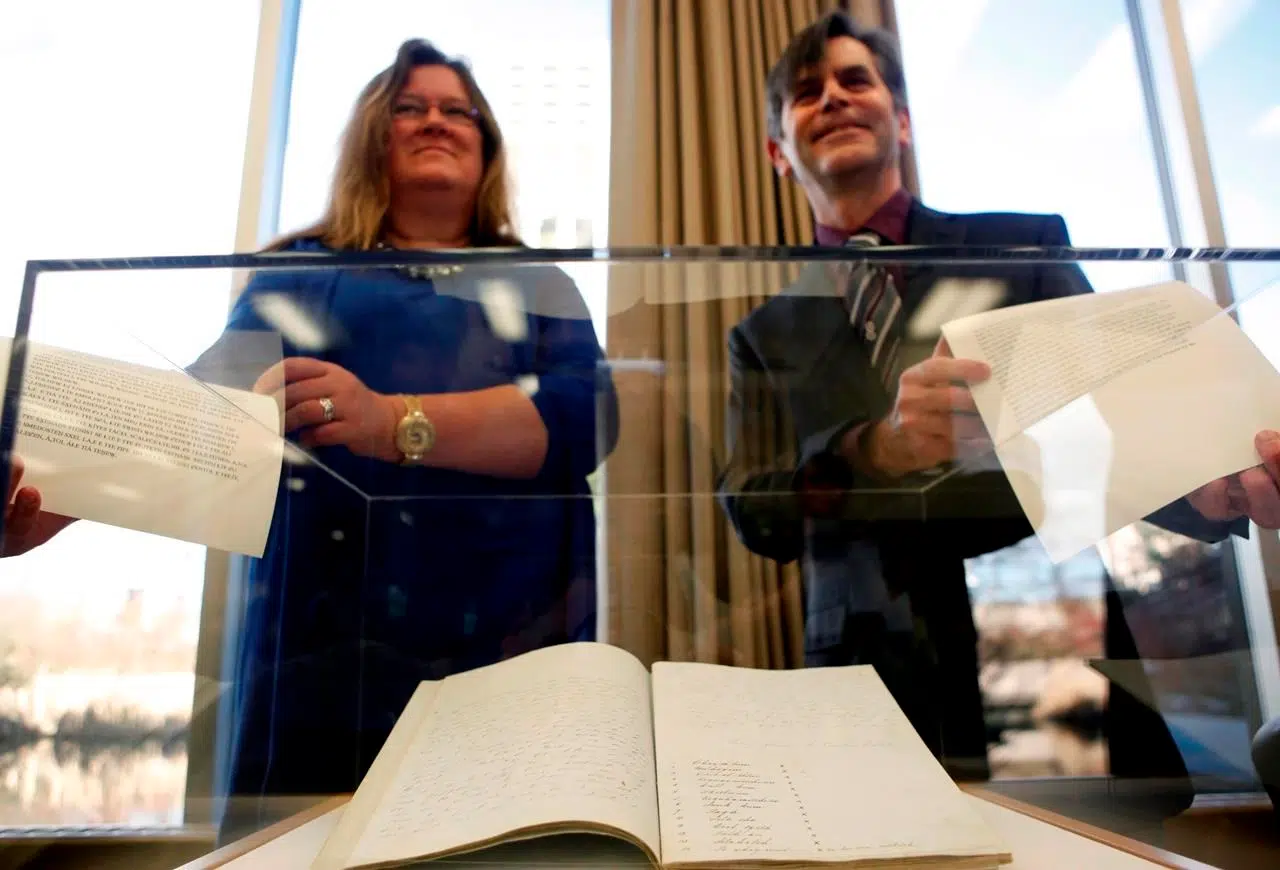
Douglas Treaties translated into First Nations languages nearly 170 years later
VICTORIA — In the English language, a fish is just a fish, but for the Tsartlip First Nation on Vancouver Island, words can vary when referring to catching, preserving or cooking the animal.
Vancouver Island First Nations and researchers at the University of Victoria are now taking a closer look at those differences by translating the Douglas Treaties into the indigenous languages of Sencoten and Lekwungen for the first time nearly 170 years after they were signed.
Elder John Elliott was one of two translators to produce the indigenous-language treaties that were unveiled Thursday, and he said there is a stark contrast in perspectives of land rights and resources.
He said the Sencoten language is a product of their spiritual belief, which informed their way of life and perspective on laws and ownership.


